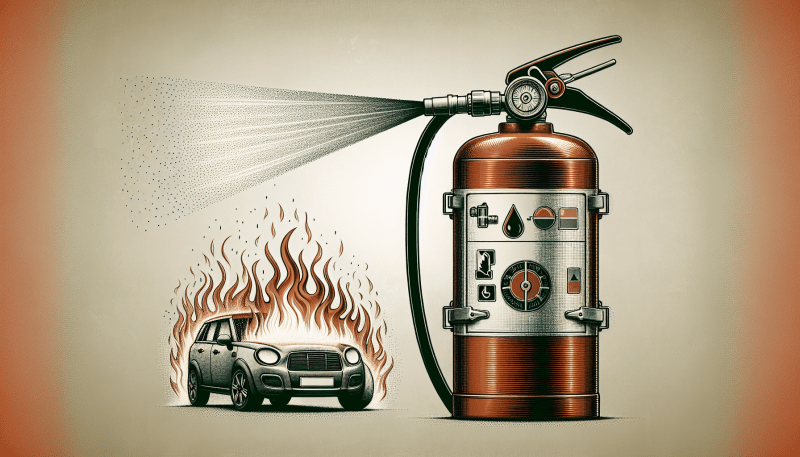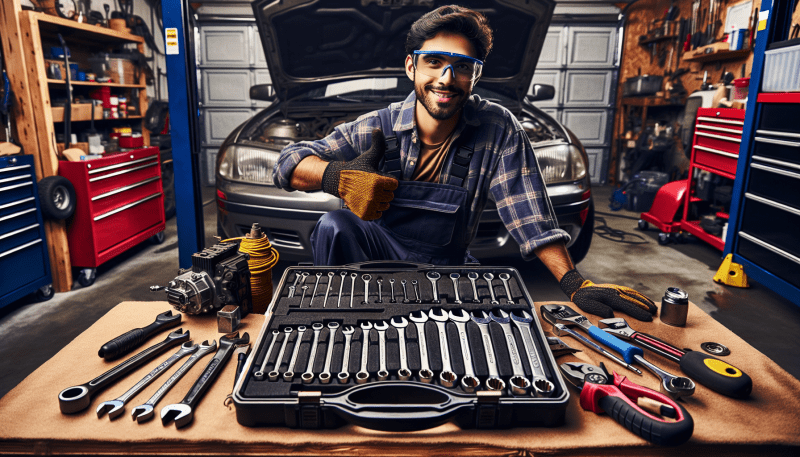Regular maintenance is key to keeping your car running smooth and ensuring car safety. Think of it like a health check-up for your vehicle. Just like we go to the doctor for regular check-ups, our cars need the same attention. This helps catch small issues before they turn into big problems, which can compromise your safety on the road.
One of the most important things you can do is keep an eye on your oil levels. Changing your oil regularly not only keeps your engine clean but also extends its life. Check your owner’s manual for the recommended change intervals, but a good rule of thumb is every 3,000 to 5,000 miles.
Taking these simple maintenance steps not only helps your car last longer but also keeps you and your passengers safe. So, make it a habit to check on these things regularly. It’s an easy way to enjoy peace of mind while driving!
- Essential Safety Features to Look For
When it comes to car safety, knowing what features to look for can make a big difference in protecting you and your loved ones. Here are some essential safety features that are worth considering when shopping for your next vehicle:
Besides these features, it's a good idea to explore advanced driver assistance systems (ADAS) like lane departure warnings and adaptive cruise control. These technologies can enhance car safety by helping you stay more aware on the road.
Always check the safety ratings from reliable sources like the National Highway Traffic Safety Administration (NHTSA). They provide valuable information on how well a vehicle performs in crash tests. By being informed about car safety features, you can choose a vehicle that truly fits your safety needs.
- Tips for Safe Driving Every Day
Driving can be a daily adventure, but let’s keep it safe! Here are some simple tips for practicing car safety every day.
Stay Focused: Distractions can come from anywhere—your phone, the radio, even the kids in the backseat! Make it a habit to limit distractions. Keep your phone on silent and focus on the road. A clear mind leads to better reactions.
Check Your Vehicle: Before hitting the road, take a moment for a quick vehicle check. Make sure your tires are properly inflated and your lights are working. It only takes a minute, and it’s a big step toward ensuring car safety.
Follow Speed Limits: Speed limits are there for a reason! They help keep everyone safe, including you. Staying within the speed limit gives you more time to react to unexpected situations.
Keep a Safe Distance: Tailgating is never a good idea. Maintaining a safe distance from the car in front of you can give you enough time to react if they suddenly brake. Aim for a gap of at least three seconds behind the vehicle ahead to improve your car safety.
- How to Prepare for Emergency Situations
When it comes to car safety, being prepared for emergency situations is key. It’s not just about following the rules of the road; it's about knowing what to do when things go wrong. Here are some straightforward steps to help you gear up.
First, make sure your car's emergency kit is stocked. It should include:
Next, familiarize yourself with your car’s manual. You'll find valuable information about resetting systems or checking fluid levels. This knowledge can be a lifesaver if something doesn't go as planned. If you’re unsure about anything, take a few minutes to watch some online tutorials—it's easier than you think!
Finally, don’t forget to keep your phone charged and install useful apps. Having roadside assistance or navigation apps can make a huge difference in an emergency. Whether you’re dealing with a flat tire or getting lost, having the right tools at your fingertips can boost your confidence and keep you safe on the road.



